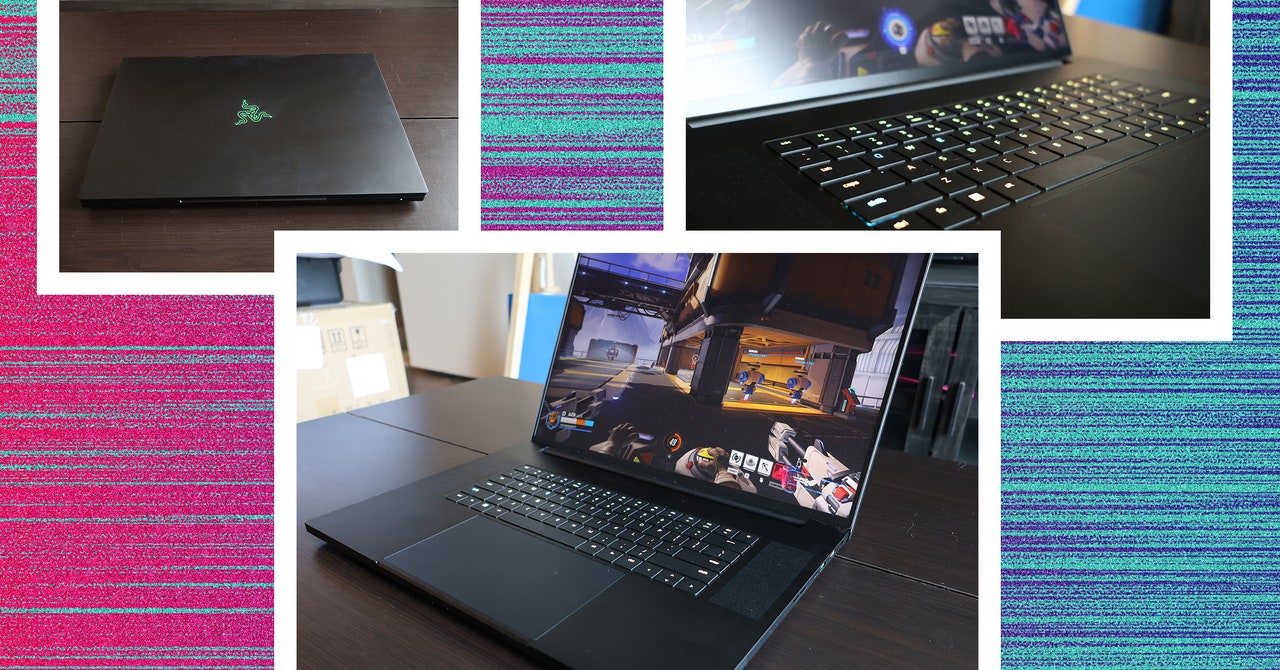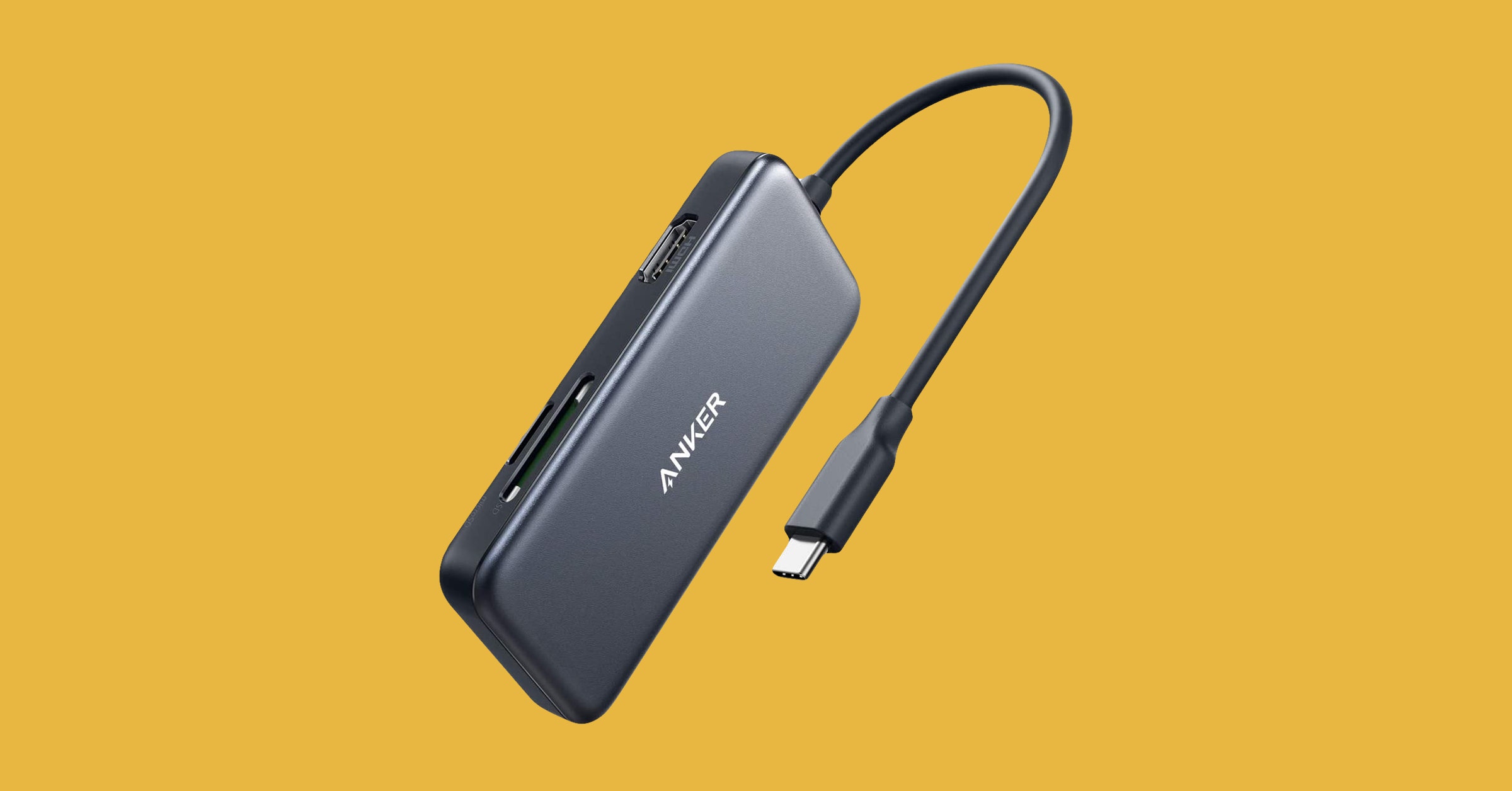
Razer’s Blade 14 is my go-to advice for anybody attempting to find a good gaming laptop, however as spectacular as it’s, it trades energy for portability. If that’s the form of sacrifice you don’t wish to make, then say hiya to the Razer Blade 18—that is the powerhouse you’re on the lookout for.
Aspect-by-side with the Razer Blade 14, the Blade 18 appears to be like like a protecting large brother. You’ll be able to see the household resemblance, however the bigger Blade is extra imposing. Its 18-inch Mini LED show is so brilliant it’s nearly overwhelming in darkish rooms, and it produces vivid colours that rival the already beautiful display screen on the Blade 14.
The Blade 18 begins at $3,100, however the mannequin I tested is $4,500. You get a lot of energy for the value. It packs a 14th-generation Intel Core i9 14900HX processor, an Nvidia GeForce RTX 4070 Laptop computer GPU (upgradable to the beastly RTX 4090, which is what I examined), 32 GB of RAM, and a 1-terabyte solid-state drive. It’s the form of energy that may tear via even essentially the most demanding video games.
Clean Display
Razer outdid itself with the show on the Razer Blade 18. The Mini LED panel has a 2,560 x 1,600-pixel decision, with 2,000 local dimming zones, delivering distinctive distinction between brighter and darker areas of the picture. The Razer Blade 14 was already some of the vibrant laptop computer screens I’d seen, however the Blade 18 makes it look boring by comparability.
{Photograph}: Eric Ravenscraft
However what units it aside is the 300-Hz refresh rate. At their finest, most gaming laptops solely assist 240 Hz, which is a lot for many video games, however for fast-paced titles like Overwatch 2, you need all of the frames you may get, and the Blade 18 is likely one of the few laptops I’ve examined that may crank out that many reliably.
Sustaining such a excessive body charge goes to be a drain on the battery, however Razer’s Synapse software program has an choice to robotically change the show to 60 Hz when on battery energy. This dramatically cuts down on what number of frames your video games must render, conserving energy, however will result in much less clean gameplay. It’s also possible to press Fn+R to cycle between 60 Hz, 240 Hz, and 300 Hz whereas related to a charger.
Synapse additionally has a colour profile selector that allows you to swap between DCI-P3, Adobe RGB, Rec.709, and different profiles to get exact, correct colours. That is particularly useful for avid gamers who’re additionally designers and picture or video editors—the place colour accuracy is extremely important to their workflow.
Highly effective Efficiency
An awesome show doesn’t matter a lot in the event you don’t have the horsepower to again it up, however happily, the Razer Blade 18 rises to the duty. The mannequin I examined comes outfitted with the GeForce RTX 4090 (you may as well select between the RTX 4070 or 4080), and it tore via most video games. Starfield, a notably less-than-optimized recreation, was getting 60-plus frames per second in crowded areas like New Atlantis on Extremely graphics settings, and sustaining 80 to 90 fps on Medium.
Overwatch 2 is what blew me away, although. On Medium graphics settings, I maintained a full 300 fps (whereas the laptop computer was related to energy). This can be a recreation the place I’m consistently flying throughout the map in seconds, whipping out my pistol to land headshots on an enemy that wasn’t for my part a 3rd of a second in the past, earlier than dashing again to heal my teammates. 300 frames per second is precisely what I would like, and the Razer Blade 18 has the show and the facility to present it to me.






